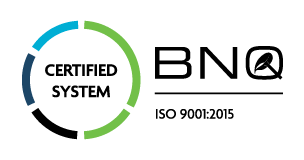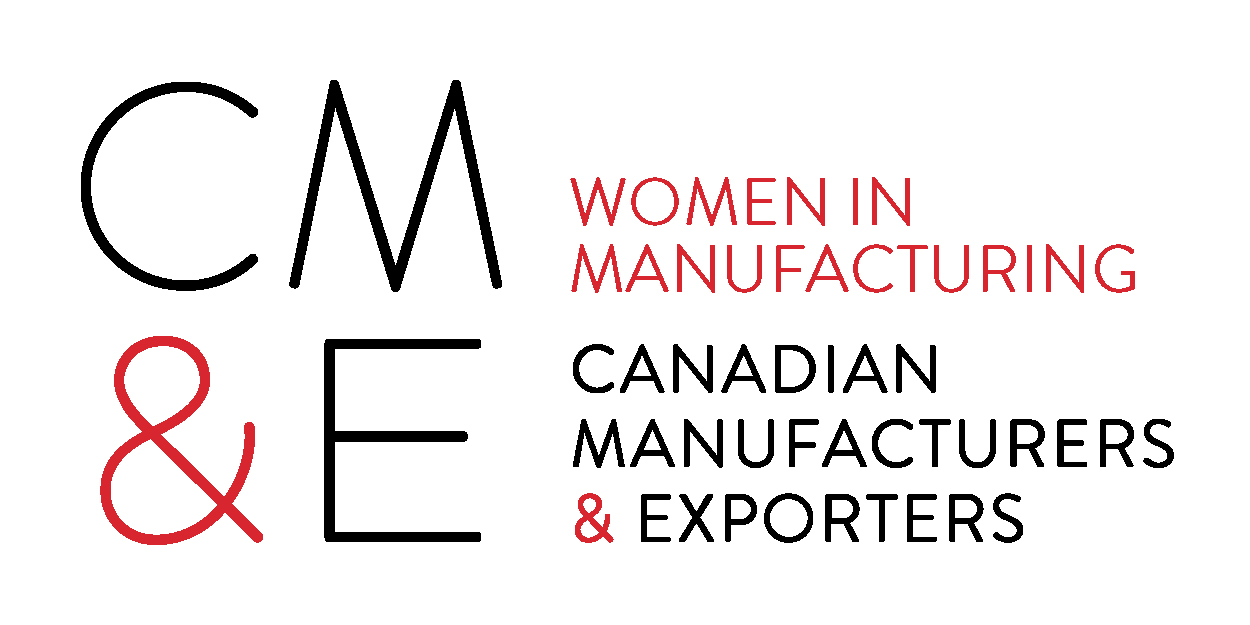The world is currently experiencing a climate emergency that is the result of decades of unsustainable practices that have pushed the environment to the breaking point. Our future depends on our ability to implement a large-scale shift towards practices that are not environmentally destructive.
The construction industry is one of many sectors whose traditional methods of operating involve high levels of emissions that are contributing to climate change. Sustainable construction consists of innovative, eco-friendly alternatives that industry players can implement for a brighter future. Find out more in this article!
What is sustainability?
Simply put, sustainability is a concept that consists of meeting our own needs in a way that does not compromise the quality of life of future generations. The world’s resources are finite, so we must use them judiciously, at a pace and in ways that allow them to be replenished.
The importance and benefits of sustainable construction
According to the International Energy Agency, the construction industry currently accounts for 36% of global energy usage and 39% of CO2 emissions. This involves everything from the manufacturing and transportation of building materials to the construction sites themselves. The heavy machinery used on construction sites still relies mostly on fossil fuels, and concrete manufacturing produces so much CO2 that if it were considered a country, it would rank third in the world in carbon emissions, just behind China and the US.
With these figures, it’s easy to see why it’s vitally important for construction companies to shift towards more sustainable practices. Those who do so will be contributing to preventing the more catastrophic consequences of climate change and preserving the environment for generations to come. Furthermore, as the public becomes increasingly concerned about the climate emergency, more and more clients are looking for companies with eco-friendly practices.
Sustainable construction methods
In the construction industry, sustainability means reducing waste and fossil fuel use on construction sites. It also means incorporating elements into the design of buildings that will reduce their environmental footprint on an ongoing basis. These elements can include proper insulation for energy efficiency, solar panels for renewable energy and building materials that are high quality, have a long lifespan and can be reused, recycled or composted.
Renewable energy on construction sites
Construction sites are not usually hooked up to the local power grid, and therefore have traditionally required large amounts of fossil fuels to operate. Fortunately, greener technologies are now becoming available.
Volvo has recently released a range of electric construction vehicles. There is solar-powered lighting available that is actually more economical than its fossil fuel counterparts. And a renewable energy company has even developed a mobile battery that can charge electric tools and other equipment via solar panels.
Sustainable building materials
Given the pollution involved in the manufacturing of concrete, construction companies would be well advised to look into greener alternatives. Emphasis should be placed on locally-sourced materials in order to reduce the need for transportation and its associated emissions.
Bamboo
Bamboo is twice as strong as concrete and slightly stronger than steel. While still growing, it captures more CO2 and produces more oxygen than other plants. Unlike trees, which generally take 25 years to grow, bamboo can be harvested in 3 to 5 years, making it a much more renewable material than wood.
Plastic
The same characteristic that makes plastic detrimental to the environment for single-use applications makes it uniquely suited to construction – it doesn’t degrade. That means that it will have a longer lifespan than most building materials, without needing to be repaired or replaced. It can also be reused or recycled at the end of the building’s lifespan.
Concrete alternatives
- HempCrete is a strong, lightweight building material made from hemp fibres. Hemp is fast-growing and renewable.
- AshCrete is made from fly ash, a by-product of burning coal. It has the advantage of being a recycled material.
- TimberCrete is made of sawdust mixed with concrete. The sawdust makes the material lighter, reducing the emissions required to transport it. It also has the advantage of reusing a waste product.
Improving energy efficiency in buildings
Heating and cooling systems in buildings require significant amounts of energy. As the impacts of climate change intensify and temperatures fluctuate more and more widely, these systems will be needed to an even greater extent.
Ideally, new buildings should be constructed with sources of renewable energy, such as solar panels on the roof, if the local power grid is not fed by clean energy such as hydroelectricity or wind power. However, there are also measures that can be taken during construction to ensure that buildings are more energy efficient.
Buildings that are properly insulated and sealed will be less affected by the weather outside and won’t need to rely as much on heating and cooling systems. Applying sealant to windows, doors, and any other cracks and crevices around the outside of the building will help keep extreme temperatures at bay.
Transition to sustainable construction with Adfast
Adfast is a sealant and insulation company that is committed to sustainable development. Our products are low in volatile organic compounds, making them far less toxic and more eco-friendly than competitors on the market. We also use aluminum foil packaging to help reduce waste. We are currently working on creating products that are plant-based and entirely VOC-free. Contact us to find out more about our eco-friendly products.
Our company is in the process of obtaining ISO 14001 certification, which holds organizations to the highest standards of environmental responsibility. We are also conducting a comprehensive review of our environmental footprint for the purpose of setting reduction targets as part of Investissement Québec’s Compétivert project. We hope to lead by example and encourage others to take steps towards a sustainable future!



















